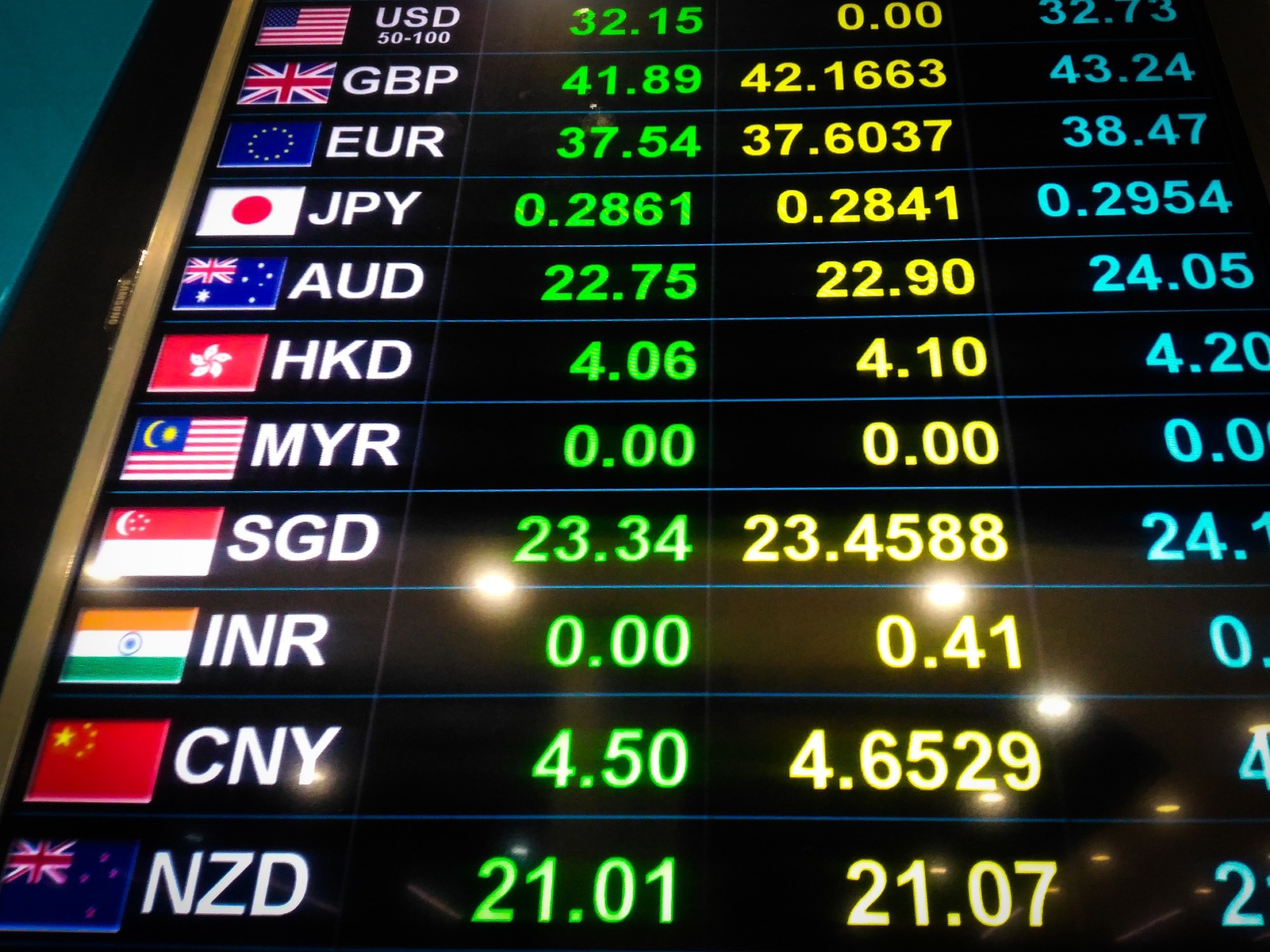In a paper published in the journal Computers and Electrical Engineering, researchers introduced a hybrid model for exchange rate trend prediction. It integrates sentiment analysis using Word2vec and Long Short-Term Memory (LSTM) to capture online opinion’s influence on the global economy. Through "Weibo" data, sentiment-based emotional weights are combined with historical exchange rate data using Convolutional Neural Network (CNN) and LSTM for enhanced prediction accuracy, confirming the robustness of the model.
 Study: Enhancing Exchange Rate Trend Prediction with Sentiment Analysis and Hybrid CNN-LSTM Model. Image credit: OMG_Studio/Shutterstock
Study: Enhancing Exchange Rate Trend Prediction with Sentiment Analysis and Hybrid CNN-LSTM Model. Image credit: OMG_Studio/Shutterstock
Background
Exchange rate forecasting holds significance in economic, financial, and global integration contexts, influenced by factors like foreign trade, capital flows, and social media sentiment. As the internet provides diverse information sources, emotional expressions in the exchange rate market offer insights into trends. Given the complex and nonlinear nature of exchange rates, a hybrid model integrating sentiment analysis is introduced in the present study. It utilizes Weibo text data to extract emotional features, employing Word2vec for word vectors and CNN-LSTM for prediction. The model's effectiveness is validated using various evaluation metrics against traditional models, demonstrating improved prediction even with limited samples.
Related work
Previous studies on exchange rate prediction predominantly relied on statistical models such as AutoRegressive Integrated Moving Average (ARIMA), Backpropagation (BP) networks, and Seasonal AutoRegressive Integrated Moving Average (SARIMA). However, as time progressed, researchers observed decreasing prediction accuracy and suitability for short-term trends. To address these issues, machine learning methods gained prominence.
Notable approaches include the use of Convolutional Neural Network - Bidirectional Long Short-Term Memory - Attention Mechanism (CNN-BiLSTM-AM), high-order neural networks, LSTM and Recurrent Neural Network (RNN) neural networks, and CNN-based frameworks. The internet's influence was also investigated, integrating sentiment analysis with event factors, text mining of tweets, and emotion calculation from financial network text mining. This study advances the field by proposing a sentiment analysis-based hybrid model for exchange rate trend prediction that combines historical data with emotional factors from Weibo entries.
Proposed method
The proposed model involves several key steps: data preprocessing, text sentiment extraction, and trend forecasting. Initially, the Weibo data undergoes cleaning and mapping to generate word vectors. These vectors are then used to compute emotional weights using Word2vec and LSTM models. These weights, along with historical exchange rate data, are input into a CNN-LSTM model for trend prediction. The CNN extracts local features, then LSTM captures instantaneous features and utilizes a Dropout layer to mitigate overfitting. It is important to note that only a subset of emotional values is integrated with corresponding historical exchange rate data, with the remainder set to zero.
The text sentiment extraction process involves utilizing Word2vec to generate word vectors and classify emotions based on LSTM analysis. The calculated emotional weights are then integrated into the exchange rate historical data to enhance the CNN-LSTM model's predictive capability. CNN contributes by extracting local features through convolution and pooling layers, while LSTM captures more intricate features and trends, enhanced by a Dropout layer to curb overfitting. The model's architecture combines the strengths of CNN and LSTM networks for robust trend forecasting in the exchange rate market.
Results
This paper employs Mean Absolute Error (MAE), Mean Squared Error (MSE), Mean Absolute Percentage Error (MAPE), and R2_Score as evaluation metrics for its exchange rate prediction study. The dataset comprises emotional data from Sina Weibo and foreign exchange price data. Four exchange rate data sets are selected: Australia/ Renminbi (RMB), Euro/RMB, USD/RMB, and RMB/JPY. Missing emotional data is assigned a value of 0.
The study uses a 70-30 split for training and testing. Comparative experiments are conducted with other models (CNN, LSTM, (Variational Mode Decomposition (VMD) -LSTM), Gated Recurrent Unit (GRU), XGboost-LSTM, and CNN-BiLSTM-AM) using the evaluation metrics. Ablation experiments are also conducted to explore the impact of emotional data. The introduced emotional data improves prediction results across most indexes. Overall, the proposed model outperforms other models, displaying superior accuracy in prediction.
Contribution of this paper
The primary contributions of this paper can be summarized as follows:
End-to-End Approach: A novel method combining CNN and LSTM for exchange rate trend prediction is introduced. This streamlined process uses original data without human intervention.
Emotional Insight: Incorporating "emotional" factors from Weibo text enhances prediction accuracy, yielding more informed trend forecasts.
Unique Data Strategy: Unconventional data usage involves random integration of emotional values from smaller date ranges into 3-4 years of samples for enhanced model training. Experimental results show improved and robust predictions compared to baseline models.
Conclusion
This study presents a fresh approach to predicting exchange rate trends using sentiment analysis. Weibo text data is harnessed to infer shifts in trends. A sentiment analysis module combines Word2vec and LSTM for daily sentiment weights. These are merged with historical exchange rate data, and CNN and LSTM models anticipate trends. The method is validated across four historical forex datasets, demonstrating effectiveness and robustness in a limited sample environment. Future work involves refining the model with smaller datasets to bolster performance.